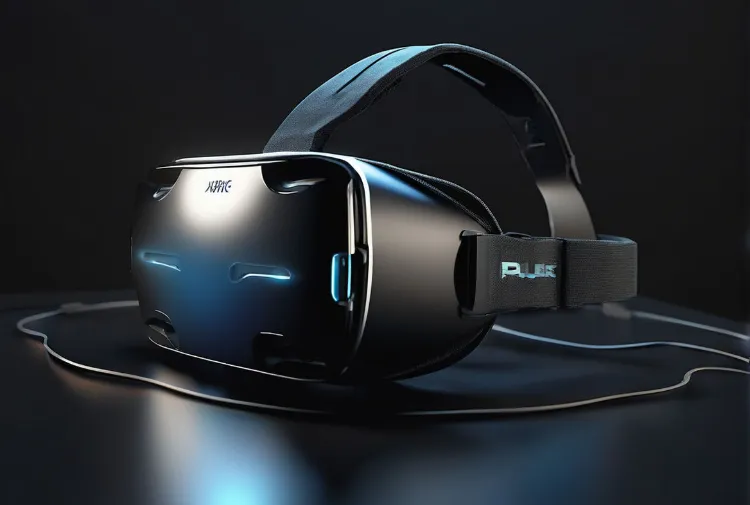Virtual Reality (VR) technology has rapidly evolved over the past few years, revolutionizing how we interact with digital environments.
From early prototypes to advanced headsets, developers have pushed the boundaries of what is possible in the virtual realm. In this article, we will delve into the world of VR development, exploring the latest innovations and trends that are shaping this exciting field.
Join us as we take a closer look at the evolution of virtual reality and uncover what lies ahead for this transformative technology.

The Beginnings of VR: From Early Prototypes to Mainstream Adoption
Early virtual reality (VR) prototypes date back to the 1960s, with pioneers like Ivan Sutherland creating basic head-mounted displays that laid the foundation for future development.
As technology advanced, VR headsets became more sophisticated and accessible to the general public. Companies like Oculus Rift and HTC Vive played pivotal roles in bringing VR into mainstream consciousness.
Today, virtual reality has found applications beyond gaming, including in healthcare, education, and training. The journey from early prototypes to widespread adoption showcases the rapid evolution and potential impact of VR technology.
Cutting-Edge VR Technologies: The Latest Innovations in VR Development
Cutting-Edge VR Technologies
Virtual Reality (VR) development is continuously evolving, with cutting-edge technologies pushing the boundaries of immersion and interactivity. Here are some of the latest innovations in VR that are shaping the future of this space:
Cutting-Edge VR Technologies
Eye Tracking: Eye tracking technology allows for more realistic interactions in virtual environments by following users' gaze movements. This not only enhances visual fidelity but also enables new ways to control and navigate VR experiences.
Haptic Feedback: Haptic feedback systems provide tactile sensations to users, enhancing their sense of touch within virtual worlds. From vibration motors in controllers to full-body suits that simulate physical contact, haptic feedback is revolutionizing the way we perceive and interact with VR environments.
Wireless Connectivity: The advent of wireless VR headsets frees users from being tethered to a computer or console, offering greater freedom of movement and a more seamless experience. With advancements in wireless technology, such as 5G connectivity, VR developers can create truly immersive experiences without compromising on performance or visual quality.
The Future of VR: Trends and Predictions for the Virtual Reality Industry
Increased adoption across industries: Virtual reality is poised to see widespread adoption across various sectors, including healthcare, education, automotive, and entertainment. As technology advances and becomes more accessible, more businesses are integrating VR into their operations to enhance training programs, customer experiences, and product development.
Improved hardware capabilities: With advancements in hardware such as wireless headsets, improved display resolutions, and better tracking systems, the future of virtual reality is set to offer even more immersive experiences. These developments will make VR more user-friendly and attractive to a broader audience.
Growth in social VR: The evolution of virtual reality includes a shift towards social experiences within the virtual world. Collaborative environments and multiplayer games are gaining popularity as people seek ways to connect with others in a digital space. This trend is expected to grow exponentially as technology continues to improve.
Challenges and Opportunities in VR Development: Navigating the Complex World of Virtual Reality Technology
Challenges and Opportunities in VR Development
Complexity of Technology: Developing for virtual reality poses a challenge due to the intricate nature of the technology involved. Programmers need to have a deep understanding of 3D modeling, spatial audio, and immersive interactions to create compelling experiences.
Hardware Limitations: The success of VR development is also contingent on the hardware available to consumers. Developers must contend with optimizing their applications for various platforms and devices, which can be a daunting task given the constantly evolving landscape.
Creative Freedom: Despite these challenges, VR development offers unparalleled opportunities for creativity. Developers have the chance to push boundaries and explore new frontiers in storytelling, gaming, education, and beyond. With innovation at its core, virtual reality presents an exciting realm for those willing to navigate its complexities.
Looking for virtual reality studio for your next VR app!
Call now +44 (0) 7798 834 159

